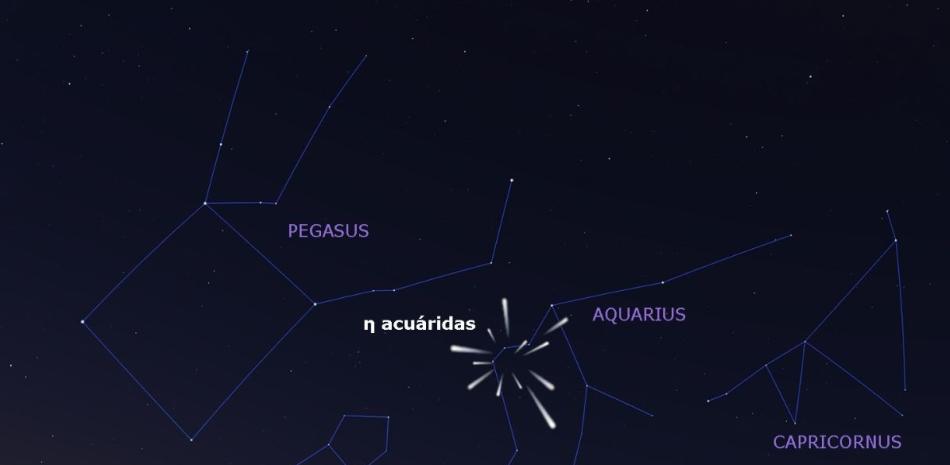Jupiter is the largest planet in our solar system and has 70 moons around it.
Our solar system is still holds many unknowns And NASA is trying to unravel them. Last weekend the US space agency New images of Jupiter's icy moons released. The photos were taken by the Juno spacecraft about 930 miles from the surface of this celestial body. The most incredible thing is that its ancient volcanic activity has been observed.
Thanks to new technologies available in space exploration, NASA is discovering many unknown celestial bodies. Best of all, we already know these objects float in space Now they can see in a completely different way, and better!
Io is a moon with incredible volcanic activity
On December 30, NASA released images of Io, Jupiter's volcanic and icy moon.. This natural satellite has been known for decades, although now experts have been able to publish its interesting images. The first thing that was identified was the remnants of intense volcanic activity on its surface.

The surface of Jupiter's moon Io. The image shows the ancient volcanic activity of this natural satellite. Source: NASA
Comparisons with Earth will help to get an idea of the differences. Accordingly, our planet is affected by approx Latest article from Popsy, about 50 eruptions per year. Conversely, Io may have had 100 times more volcanic activity. A reason for this is explained In the gravitational force exerted by Jupiter on the Moon.
NASA has revealed that this is the closest flyby ever performed on Io. Although there was already another similarity with the Galileo spacecraft in 2001, The one carried out on December 30, 2023 has provided additional data. This is not surprising since the difference is more than two decades of technological progress. In this case, it monitored the moon's volcanic activity from a distance of approximately 6,830 miles.
Scott Bolton NASA: 'Juno's orbit around Jupiter's north pole is unlike anything we've ever seen or imagined.' pic.twitter.com/atvCEZkLTo
— Luis Alberto Olivero (@477lao) September 3, 2016
Scott Bolton, one Principal Investigators of the Juno MissionThe study is called, said: “We look at how often they erupt, how bright and hot they are, how the shape of the lava flow changes and how Io's activity is related to the flow of charged particles. Jupiter's magnetosphere.
Alas at this time still holds many secrets for humans. Current research suggests that magma oceans may exist beneath the moon's surface. We have to wait for new studies to confirm these theories. The Juno mission shows us how far humans have come in their knowledge of the universe around them.





